Traditional Japanese housing manifests Japan’s rich heritage, offering a fascinating insight into the Japanese lifestyle rooted in harmony with nature. Features like low wooden tables and futon beds encapsulate minimalist values of function and form, aspects intrinsic to the Japanese way of life. From densely populated cities to Kyoto’s traditional machiya townhouses, these architectural wonders reveal much about Japan’s cultural resilience and deep-rooted customs.
Demonstrating the art of harmony, a traditional Japanese home echoes the whispers of time-honored practices, like the tea ceremony ritual, unfolding a dance of culture and history in a single room. This blog post peels back the layers of history set within the wooden framework, the thatched roof, and the tatami mat floors, inviting readers to journey through the silent language of these spatial wonders. We delve into the nuances of traditional Japanese housing, from the serene modesty of Kyoto’s machiya townhouses to the uniqueness of shoji partitions, setting a versatile canvas of shifting shadows.
The Unique Features Of Traditional Japanese Homes
When it comes to traditional Japanese housing architecture, one can’t help but notice the natural harmony within each design. Often found in Kyoto, these homes embody an aesthetic that fuses utility with beauty, making every part of a Japanese home, from the roof to the floor, functional and aesthetically pleasing.
Essential features of a traditional house include tatami mats, a flooring material made from woven straw that exudes a subtle scent and provides a soft, warm surface underfoot. This is often paired with shoji, a paper screen used as a sliding partition, offering flexibility in space usage. Another central element is the structure of the roof. Traditional Minka houses often had thatched shelters designed to provide insulation. With time, they’re carefully maintained or replaced to ensure the longevity of the homes.
A remarkable aspect of the traditional Japanese house design is incorporating natural elements. Wood forms most structural elements, often charred to enhance its weather resistance, while paper and straw comprise the complementary details. The ultimate goal is to weave a cohesive dialogue with nature, exemplifying a cultural value deeply ingrained in the Japanese people.
Historic Insight: Traditional Houses In Kyoto
No discussion about traditional Japanese housing would be complete without Kyoto – the perfect stage to showcase the rich history of Japanese architecture. Even in the face of modernization, Kyoto is committed to preserving traditional Japanese homes that paint its streets. The city is a treasure trove of homes, known as machiya, that are historically significant and feature unique Japanese design elements. The ubiquitous sliding doors or shoji, the tatami flooring, and the alcove or tokonoma for displaying art are definitive features of these homes.
Kyoto allows exploring architectural styles that have passed the test of time. The Nijo Jinya, for example, is a samurai-era merchant’s lodging place. This house showcases the samurai’s lifestyle with its immaculately preserved architecture and design. Similarly, the Sumiya Pleasure House gives a rare, authentic glimpse into the courtesan culture during the Edo period. Intricate wooden latticework, elaborate tea ceremony rooms, and expansive gardens pay tribute to a bygone era.
Kyoto is a testament to traditional Japanese culture, preserving historical homes as living spaces and heritage for future generations. These homes may prevail in Japan’s rural and urban areas, but Kyoto is where they genuinely inspire many Japanese people and anyone interested in Japanese history and architecture.
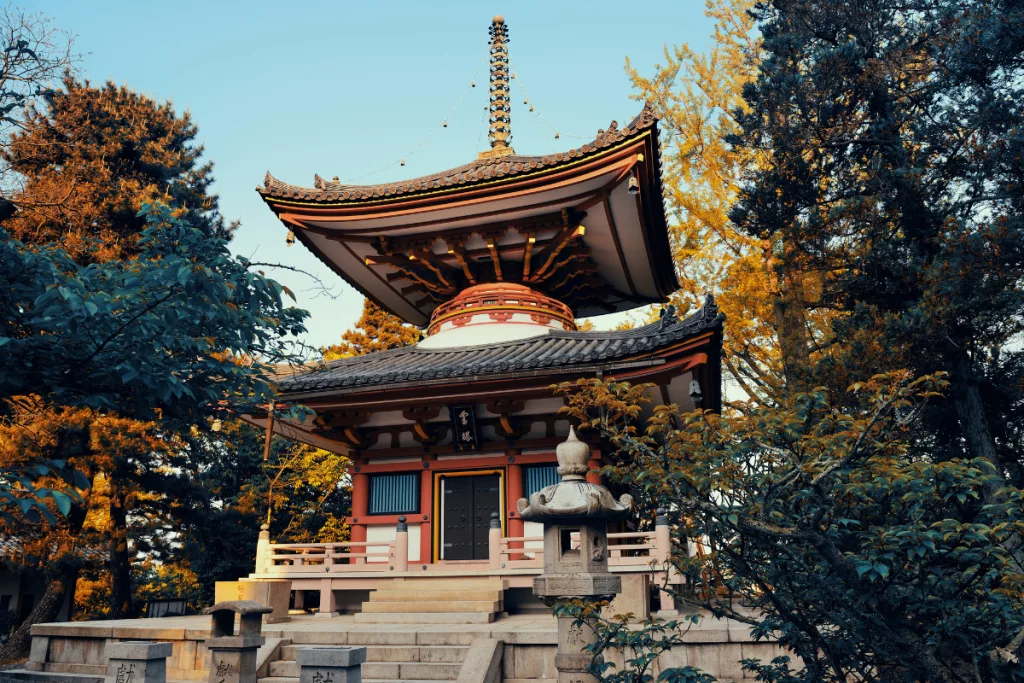
Machiya: The Quintessence Of Traditional Japanese Dwelling
Machiya, traditional Japanese townhouses primarily found in Kyoto, represent the essence of Japanese conventional housing. Recognizable by their narrow, elongated floor plans and wooden façades, machines exude a humble sophistication, encapsulating the heart of Japanese architecture.
True to the minimalist Japanese home aesthetic, the interior seamlessly blends function and form. Rooms are partitioned by shoji screens, offering flexibility in space use. A tatami mat floor, where futons are laid out for sleeping, also doubles as seating for tea ceremonies, symbolizing the duality in Japanese living.
The machine’s tile roof and wooden floor structure are highly functional and cleverly designed to endure the country’s natural disasters. The thatched top notably increases the house’s weight, providing stability during earthquakes, while the elevated wooden floors keep the home safe in floods.
Preserving machines demands a thoughtful approach to maintenance. The tatami mat, in particular, requires frequent airings in sunlight, and delicate shoji screens often need repapering. But, these efforts are well worthwhile. To many Japanese people, safeguarding their machiya homes means also stowing away a precious slice of their age-old culture.
Japanese Architecture: Floor And Interior Design Elements
Japanese architecture, mainly traditional Japanese homes, is a love letter to minimalism and symmetry, blending natural elements with functionality. The floor of a traditional Japanese dwelling speaks volumes about Japanese culture. At the heart is the tatami mat – a floor covering made of rice straw that dictates the dimensions of Japanese rooms. Tatami is more than just flooring; it’s a traditional piece, a fabric in the tapestry of Japanese life.
These mats feature prominently in many Japanese homes, from rural areas to urban apartments, offering a warm, breathable surface that conforms to the seasons. The rule of removing shoes prevents damage to the delicate tatami, an example of intertwined manners and home maintenance. Japanese interior design integrates this functionality with aesthetics – sliding doors (shoji) made of Japanese paper save space and allow for flexible living areas. This ancient practice finds relevance in modern homes worldwide.
Blending The Old With The New: Modern Japanese Houses With Traditional Elements
Modern Japanese architecture strikes a delicate balance between tradition and innovation. The confluence of the past and the present is tangible as traditional Japanese elements seep into contemporary design. Many modern homes in Japan maintain traditional features while embracing current living needs. For example, an expansive living space could feature tatami mat flooring and shoji partitions, reminiscent of the traditional Japanese house yet decorated with modern furniture and appliances.
One beautiful adaptation has been seen in newer machine versions, where narrow, urban areas foster splendid reinterpretations of traditional Kyoto townhouses. Even the iconic Minka homes, with their thatched roofs and central hearth, now blend rustic simplicity with modern luxuries.
For those seeking to infuse traditional Japanese aesthetics into their modern homes, starting with the humble elements can transform the ambiance. Tatami rooms can serve as versatile spaces, futons provide traditional sleeping arrangements, and the truth of minimalism in the tea ceremony can inspire an entire interior design concept.
Preserving Traditional Japanese Houses: Maintenance Is Key
Preserving traditional Japanese houses is a nod to cultural preservation, ensuring that the essence and heritage of formal Japanese living are carried forward to future generations. These houses require specific maintenance strategies because of their unique architectural elements, built using natural materials and special construction techniques.
- Routine Checks: Monitoring the condition of each aspect of the house regularly is the first step for preservation. Focusing on areas susceptible to damage, such as the roof, foundations, walls, and windows, ensures the early detection of problems, leading to timely repairs.
- Roof Maintenance: Traditional Japanese roofs, whether thatched or Korean-style ceramic tiles, require periodic checks, cleaning, and repair to prevent water leaks and structural damage. Regular maintenance can extend the lifespan and retain the aesthetics of the roofing materials.
- Tatami and Shoji Care: These unique features of Japanese houses need careful handling. The tatami mats used for flooring must be aired regularly to prevent mildew growth. Shoji partitions, constructed from delicate rice paper, must be cleaned gently and replaced as needed.
- Wood Treatment: Most Japanese houses prominently feature wood, which must be adequately protected against insects, fungi, and humidity. Regular inspections for rotting or warping, coupled with appropriate treatments, can maintain the integrity of wooden structures and surfaces.
- Climate Control: Traditional methods like proper shading during summer, adequate ventilation and humidifiers, and careful heating in winter can help protect the materials used in a traditional Japanese home from damage due to extreme weather conditions.
- Professional Maintenance: Considering these houses’ uniqueness and cultural significance, employing professionals experienced in traditional Japanese house maintenance can be invaluable in ensuring the homes’ longevity.
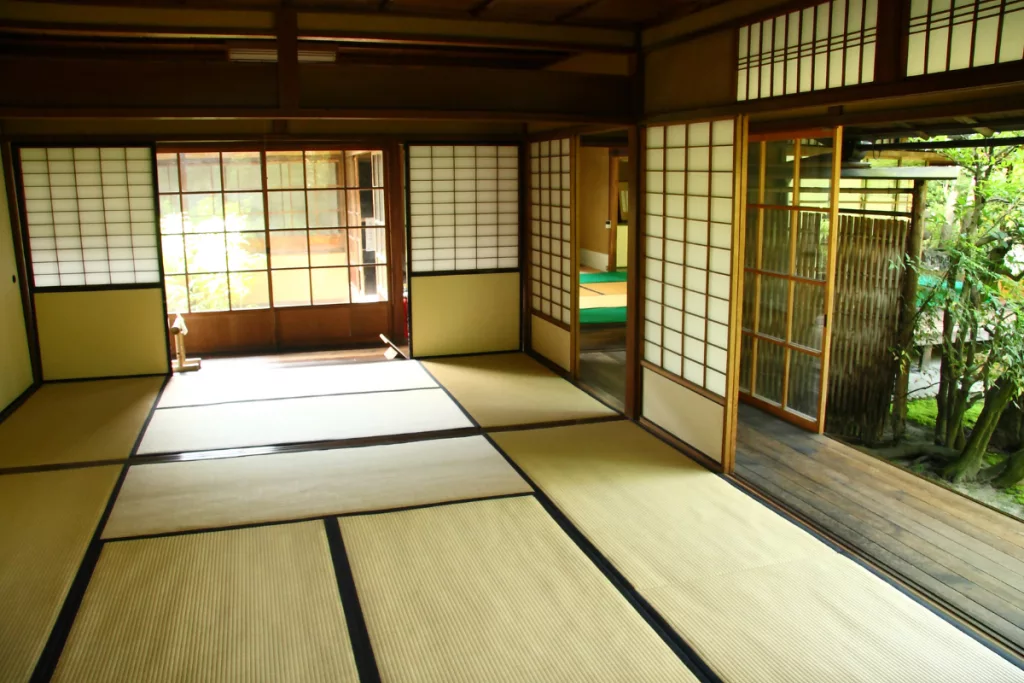
Tips For Taking Care Of The Unique Features In A Traditional Japanese Home
Caring for the distinct elements of a traditional Japanese home requires knowledge of the materials used and techniques to maintain and protect them. Here are some helpful tips to preserve these unique features:
- Tatami Mats: These traditional flooring materials are made from woven rice straw and provide a comfortable, natural surface to a Japanese room. To maintain tatami mats, do the following:
- Avoid wearing shoes or slippers when walking on them to prevent damage.
- Regularly air the mats by opening windows, which helps prevent mold and mildew.
- Gently clean the carpets using a soft brush or vacuum cleaner with gentle suction.
- Shoji Screens are sliding doors or partitions made from wooden frames with translucent paper panels. They allow natural light to filter through while maintaining privacy. To care for shoji screens:
- Handle the panels carefully, sliding them gently to avoid tearing the paper.
- Clean the paper panels with a soft, dry cloth, avoiding using water or damp materials.
- Replace damaged paper panels periodically to maintain the screen’s functionality and appearance.
- Wooden Surfaces: Traditional Japanese homes feature wooden floors, walls, and framework. Maintain these elements by:
- Regularly cleaning and dusting to prevent dirt accumulation.
- Applying wood treatments or sealants to protect the wood from moisture and insects.
- Inspect for any signs of structural damage or decay, and have a professional carry out repairs promptly.
- Roof maintenance: Roofs in traditional Japanese homes may be made with tiles or thatching. Routine maintenance is crucial for preventing leaks and other issues:
- Inspect the roof regularly, especially after strong winds or heavy rain, to identify damaged tiles or thatching.
- Replace or repair damaged sections immediately to prevent further damage.
- Maintain clean gutters and drainage systems to avoid water seeping into the house and causing structural damage.
- Gardens And Exterior: Traditional homes often feature outdoor elements, such as gardens, stone paths, and water features that complement the overall aesthetic:
- Ensure proper drainage is in place, especially near the house’s foundation.
- Routinely trim trees and bushes to prevent overgrowth that could damage the house or obscure its beauty.
- Maintain water features and the overall garden landscape to preserve harmony with the home.
The Continuity Of Traditional Japanese Housing
Preserving the traditional Japanese house is not merely about maintaining roofs or tatami mats. It’s about safeguarding a rich cultural legacy for future generations. The intricate wooden floors, the sliding shoji partitions, the warmth of the Minka thatch – all these elements, carefully maintained, become the custodians of a unique heritage.
Through diligent care, the longevity of these traditional homes can be ensured, from the machine in Kyoto to humble abodes in rural areas. Like the time-honored tea ceremony, maintaining a Japanese home becomes a ritual, reminding us of the strength of simplicity and the grace of quiet living.
With its earthly charm and timeless elegance, the traditional Japanese house is an ode to Japan’s cultural history. Its endurance echoes the Japanese people’s spirit – resilient, respectful, embracing change, yet perpetually rooted in tradition. As we attend these homes, we nourish the story of a culture woven through time, preserving a distinct and treasured slice of Japan’s soul.

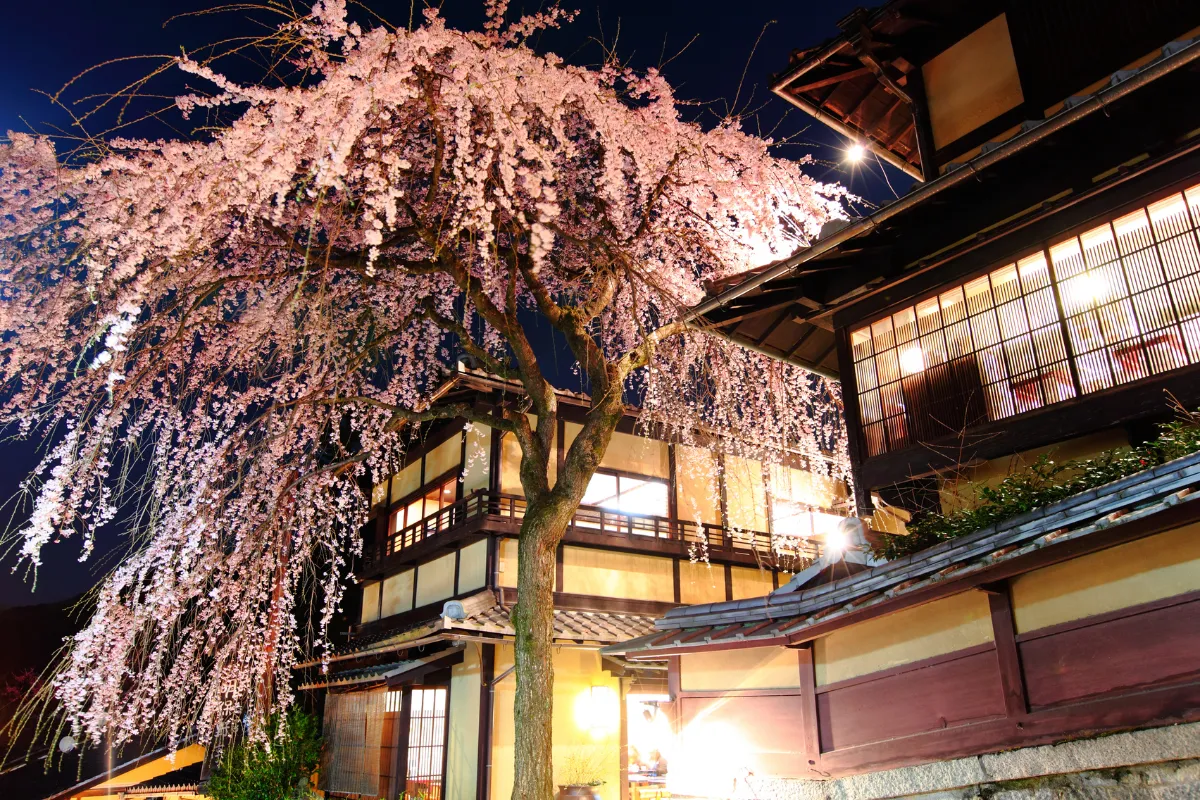
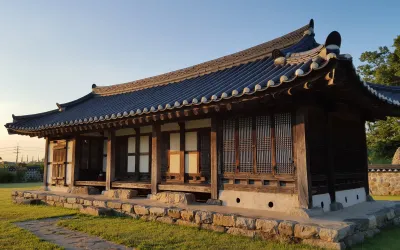
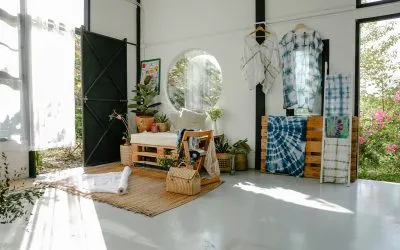
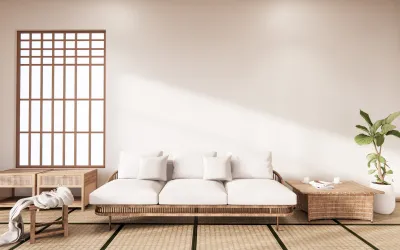
0 Comments